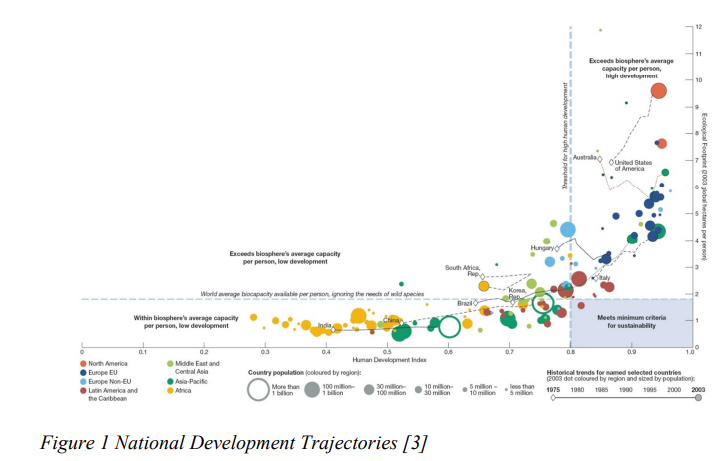Appropriate architecture for sustainable development
The creation of ecological footprint and human development index capability

01 January 2012
English
uKESA Librarian, Jeremy Gibberd
Conference paper
Council for Scientific and Industrial Research
Africa
Carbon emission scenarios are used as key inputs in the sustainability and built environment strategies and policies. Decisions and direction in these are based on carbon emission models which show the optimum mix of interventions required to achieve carbon emission reductions or stabilization. Reducing carbon emissions however does not lead sustainability. Sustainability is more complex and requires the achievement of minimum quality of life standards as well as a balance between environmental and human systems. The danger with a focus on carbon emissions is that limited resources and timeframes may be exhausted trying to achieve reductions and valuable opportunities to build long term sustainable solutions will be being lost. This paper argues that increasingly scarce resources, the timeframes for addressing climate change and the lifespan of infrastructure and buildings (50+ years) mean that we cannot address carbon emission reductions first, and then address sustainability later; we need to address both at once. We need to develop appropriate architecture for sustainable development and not just carbon emission reduction.

Comments